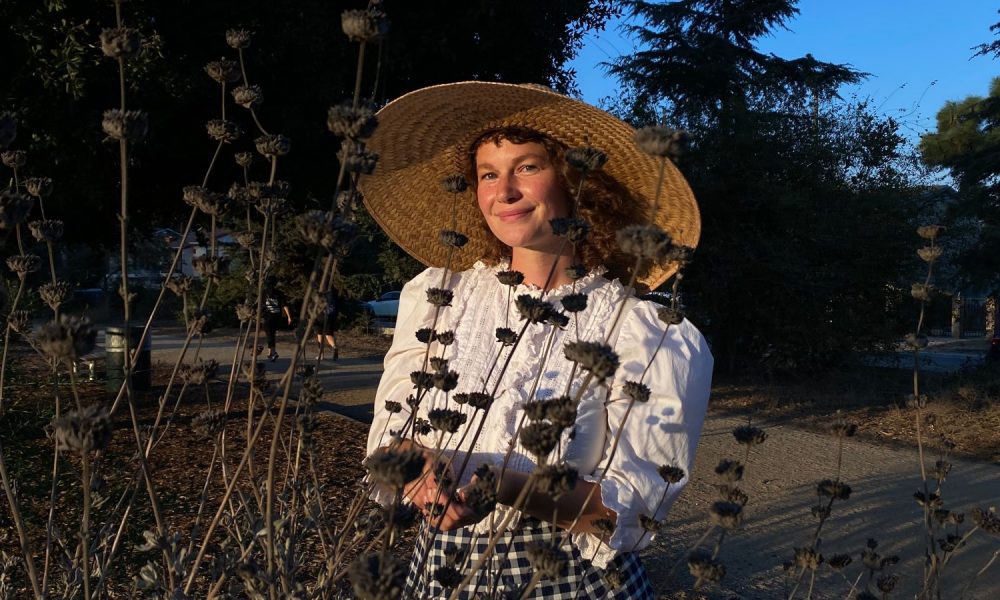

Today we’d like to introduce you to Rose Fairley.
Hi Rose, it’s an honor to have you on the platform. Thanks for taking the time to share your story with us – to start maybe you can share some of your backstory with our readers?
I founded Plant Friends in 2020. The question I keep asking is–What if caring for ourselves and caring for the earth were the same thing? What would that look like? I’m a Registered Nurse and an herbalist, but my primary work isn’t clinical….it’s about creating space for the relationship between plants and people to flourish.
My grandmother–my dad’s mom –and my mom are both poets who love plants. Much of their writing focuses on the living world, the rhythm of the seasons, and ecology. That poetic lens helped me pay attention to plants. I also love food so when I started eating wild foods, I was captivated. For me, it started with wild strawberries as a child. They are so delicious–how could you not eat them? Eventually I found my way to gathering spring greens, then mushrooms, it goes on and on…2013 was when I started learning about edible mushrooms. My first wild mushroom harvest was a Chicken of the Woods mushroom, which has this incredible range of colors from bright yellow to orange to cream. You can’t gather wild foods without paying close attention to the seasons and the community of plants where they grow, falling in love with these places, and wanting to take care of them. I read Braiding Sweetgrass by Robin Wall Kimmerer a few years ago and her words inspired me to think about our role as people in the environment, how we as people can have a positive impact and take care of the plants that take care of us.
Initially, I called my business Becoming Medicine, but I found that most people assumed I would be selling herbs or doing consultations (I do a little bit of consulting around herbal medicine, but the core of my work is education and community-building). I want anyone who wants to know more about the plants where they live, our plant neighbors, to be able to learn about them.
There’s so much space in this city that’s currently paved over or planted with grass, which is not only dead space ecologically but contributes to rising temperatures, like the heatwave this summer. Lawn also costs a lot of water to maintain.
Plants are the basis of our food web. Even if you’re an animal that doesn’t eat plants, you eat something that eats plants. So plants are foundational to life on earth! Spending time with plants can also help ease anxiety and depression – and with the stresses of the pandemic (and let’s be honest, life was not easy before 2020) who doesn’t need a little bit of a balm? We can choose to grow plants that further support our health because they also offer us food and medicine, like our Live Oaks or California Black Walnuts which have edible nuts or our California Sagebrush and native Salvia species like Purple Sage which have anti-anxiety and anti-inflammatory properties. I think it’s so cool that we can be helping nourish ourselves and also sustain all this other life at the same time.
If we can transform those spaces by planting native plants, it’s literally life-sustaining–native plants can support healthy watersheds by letting rainwater filter into the ground instead of becoming runoff, and they provide food for the incredible rich variety of life we have come to love. These plants support creatures as diverse as Monarch butterflies and big cats (we’re one of only two major cities that still has them – we have mountain lions and Mumbai has tigers). Native plants are not only drought tolerant but many connections with local fungi and one another that can make them more resilient to the changing climate. Plants from other places just have not had enough time to form the quantity and quality of relationships that these native plants have.
Would you say it’s been a smooth road, and if not what are some of the biggest challenges you’ve faced along the way?
Moving to Los Angeles was a big shift for me. I had spent nearly seven years in intentional study with the plants of the Southern Appalachian mountains in indigenous Cherokee land (near Asheville, NC), learning to recognize and name the plants in those communities– their edible and medicinal properties and how to grow them. Moving to Tongva Land, Los Angeles, in 2020 I felt like I was starting over not only with my community of people friends but also with my, well, plant friends! The climate could not be more different. The Asheville area is a temperate rainforest that gets precipitation pretty much year-round, very unlike our Mediterranean climate!
Like many people who have never lived here, I thought LA had no seasons. I could not have been more wrong! Did you know there’s a native cherry that grows here? It flowers in the late winter and fruits in the summer. The Hollyleaf cherry has incredible waxy almond-scented (but toxic) leaves and cherries. The cherries have thin but tasty flesh and large pits (the pits shouldn’t be eaten unless you’ve taken the time to remove the cyanide).
As with all wild foods and medicines, it’s really important to know how to prepare and harvest safely and sustainably before you begin gathering. That’s something I teach in my classes. The good news is you can start building relationships without any of that knowledge–just go spend time with the plants! For me, the ripening of hollyleaf cherry is a sign of summer, a new marker of seasonality here. California poppy is another one that most people know about, but they may not know that it’s a traditional medicine to aid sleep and relieve pain (it doesn’t have the addictive properties of Opium poppies). I don’t often recommend wild harvesting native plants in the city because things can easily get overharvested here, but there are many, like California poppies, that are super easy to grow for yourself and are also so beautiful! Almost anyone can grow them in a pot or in the ground outside where they live. There are also many non-native plants that can be harvested for medicine, such as nettles and chickweed, which are well-known potent medicines from other places.
Thanks for sharing that. So, maybe next you can tell us a bit more about your work?
I offer plant connection classes that focus on wild foods, herbal medicine and gardening. I partner with Golden Folk Wellness in Highland Park and Graham Keegan’s Natural Dye Studio in Silver Lake to offer classes each winter. I also host monthly community plant walks in parks all over LA county. These walks are by donation in partnership with Herb Club LA and are the fourth Sunday of every month.
For me, working with plants also inspires creativity. I make whisk brooms and baskets and I grow or gather many of the elements for these plant-based crafts. I love that these objects are at the intersection of function and art. You can find my naturally dyed brooms for sale on my website, and I expect to expand my workshop offerings to include broom-making and basketry classes over the next few years. Craft is another way people connect with plants, and I am really loving exploring that in my own creative practice right now. Folks can come to visit me and my whisk brooms in person at the Heavy Manners Library in Echo Park on November 26th and 27th, where I’ll be selling my brooms and giving away native plant seeds alongside some incredible artists.
I would say what’s special about the Plant Friends community is the attention to relationship and reciprocity. People who are drawn to my classes not only want to take care of themselves and their personal connections but the wider world including our flora and fauna. None of us has all the answers, so we are learning how to do that together and finding inspiration from the voices of people like Robin Wall Kimmerer.
Is there something surprising that you feel even people who know you might not know about?
Since moving to LA, I’ve started to get into basketball. It’s contagious in this town! I didn’t come from a family that followed sports at all so most people who know me will find this really surprising. I can finally spot a pick and roll! It’s not a popular opinion, perhaps, but I like both LA teams. I was really sad when Doc left the Clippers. I’m from Philly originally, so at least he went to my hometown. My boyfriend and I most often listen to the games on the radio, so I’ve become very fond of listening to Mychal Thompson and John Ireland announce the Lakers games. I haven’t followed the preseason this year, but I’m excited about the regular season and I’m hoping to catch a couple of games in person.
Pricing:
- Whisk Brooms, $54-$80
- 01.08.23 Workshop: Wild Beginnings – Foundations for Gathering Food & Medicine in LA, $35-$55
- 01.15.23 Workshop: Wildcrafting Incense – The Fragrant & Medicinal Resins of Southern California, $85
- 01.22.23 Workshop: Wild Medicinal Greens of LA – Nettles, Chickweed & Mallow and other Abundant Healing Herbs, $35-$55
Contact Info:
- Website: http://plantfriends.org
- Instagram: http://instagram.com/__plantfriends__
- Facebook: https://www.facebook.com/plantfriendsla
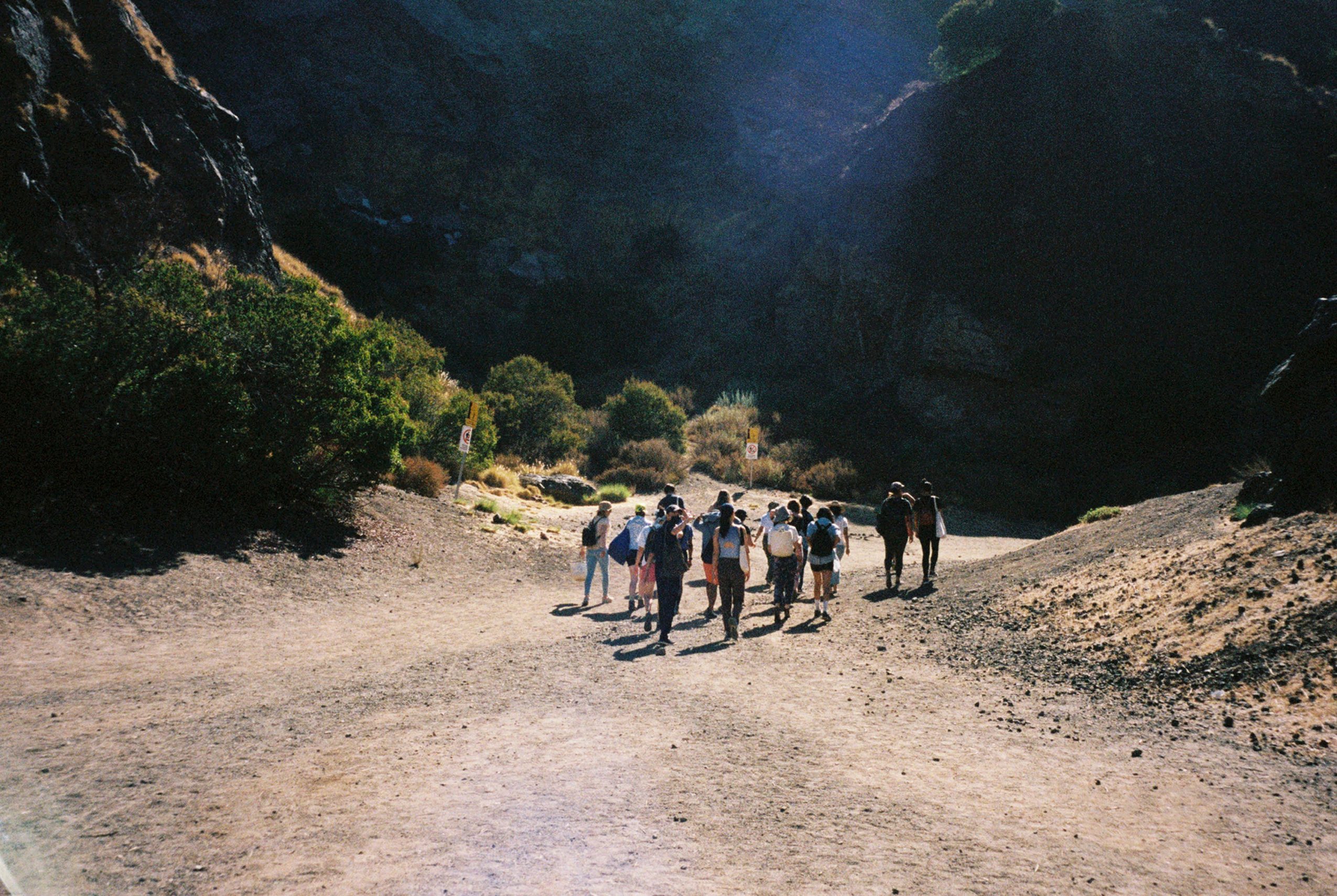
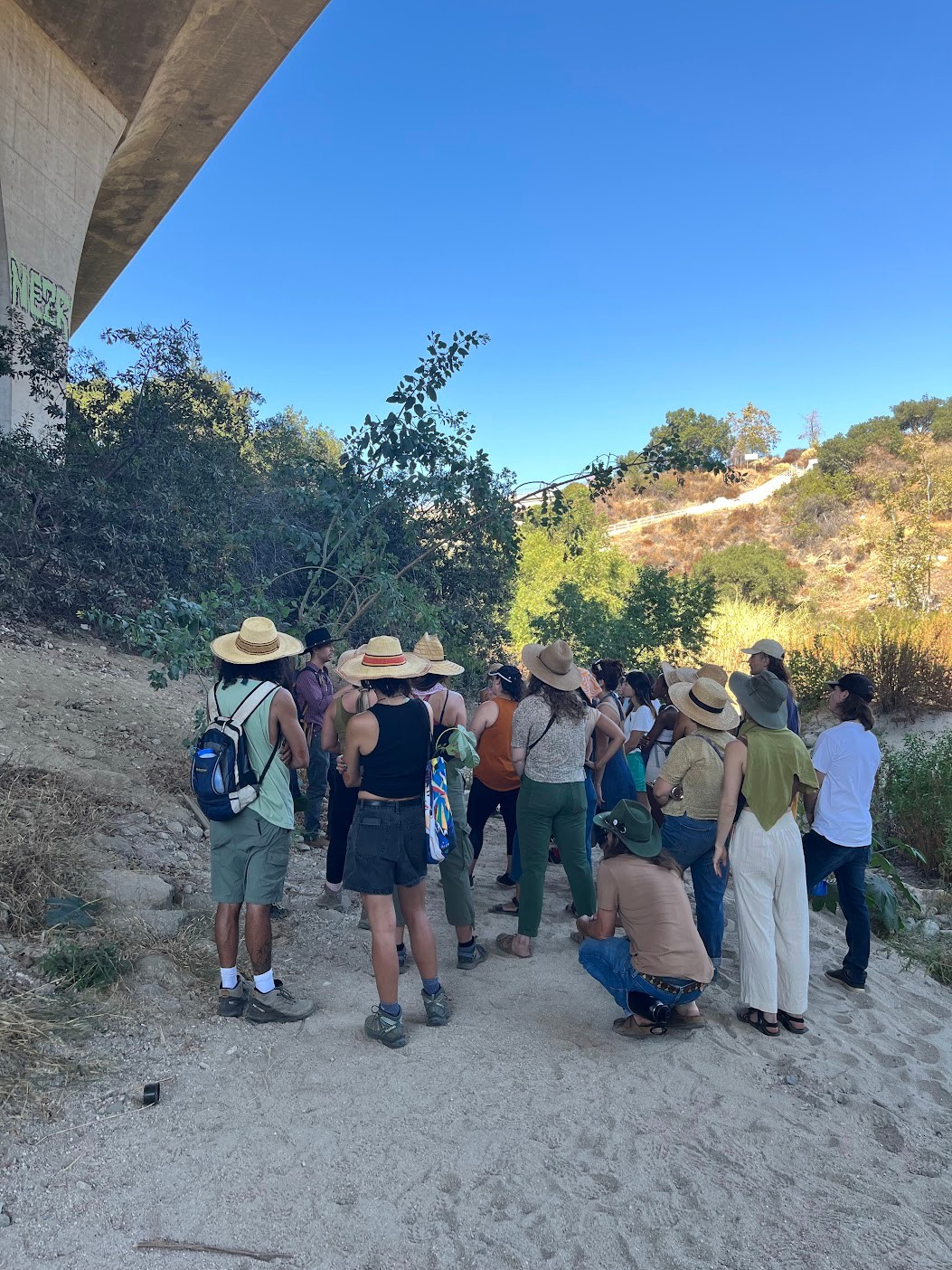
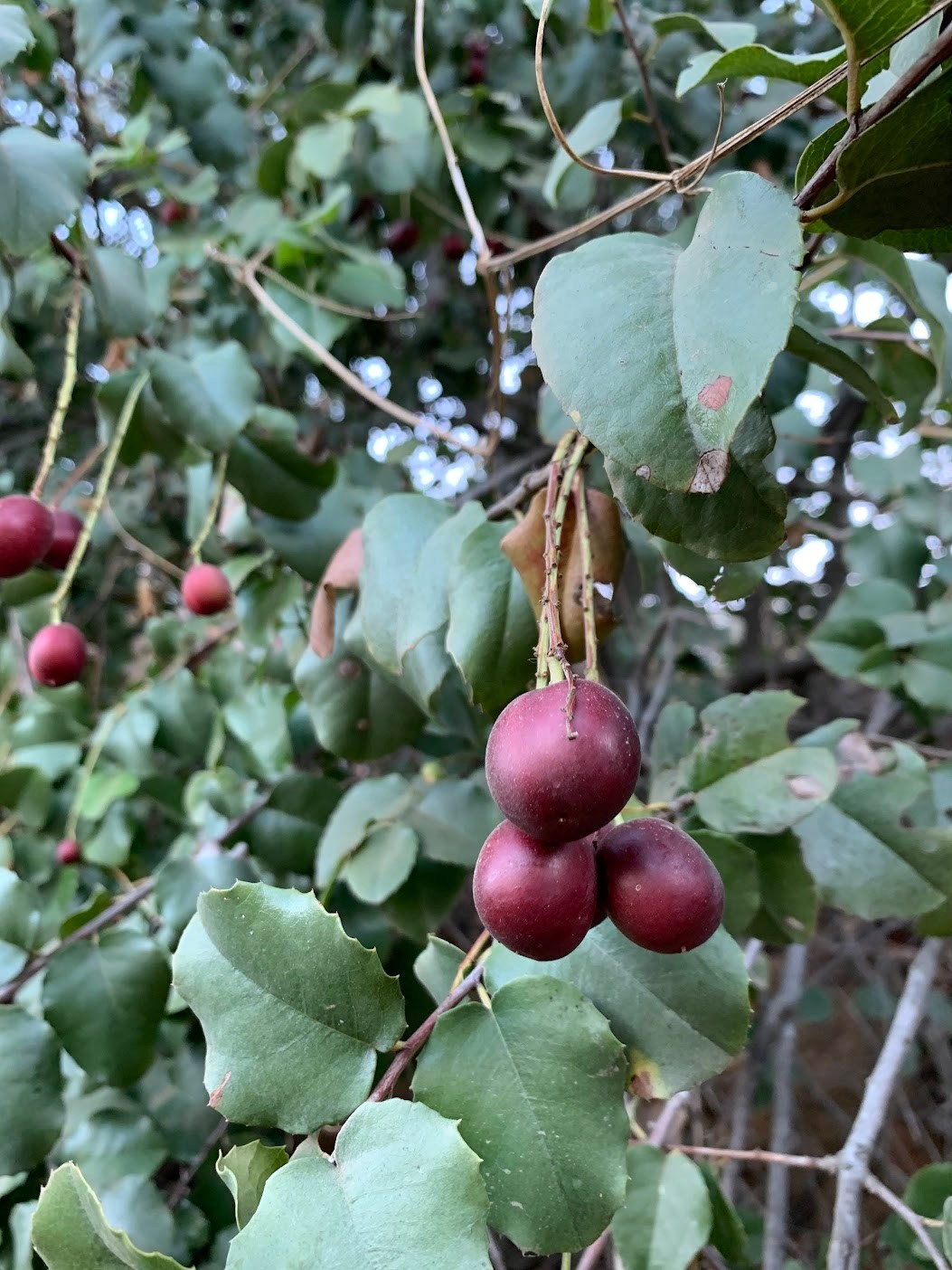
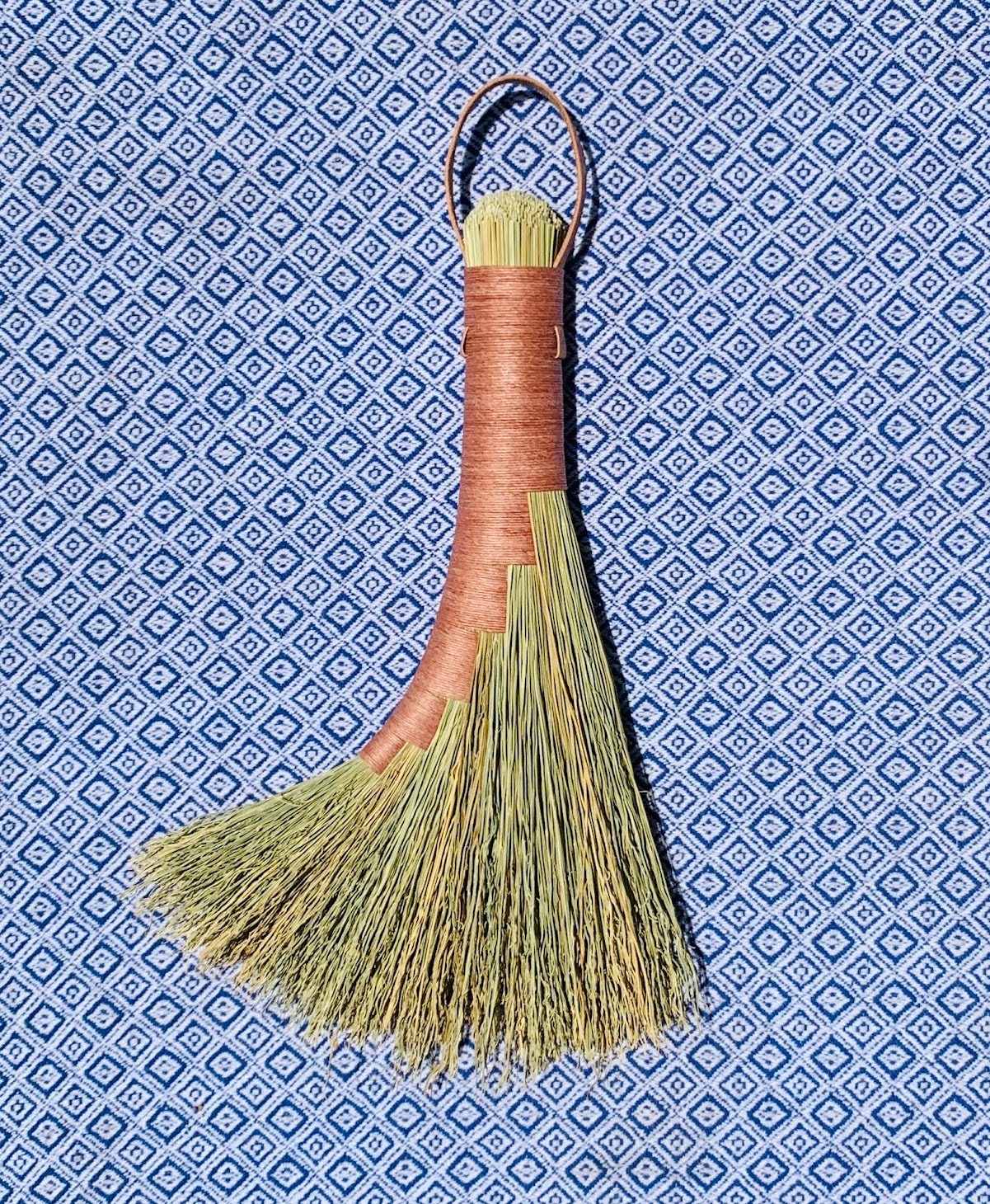
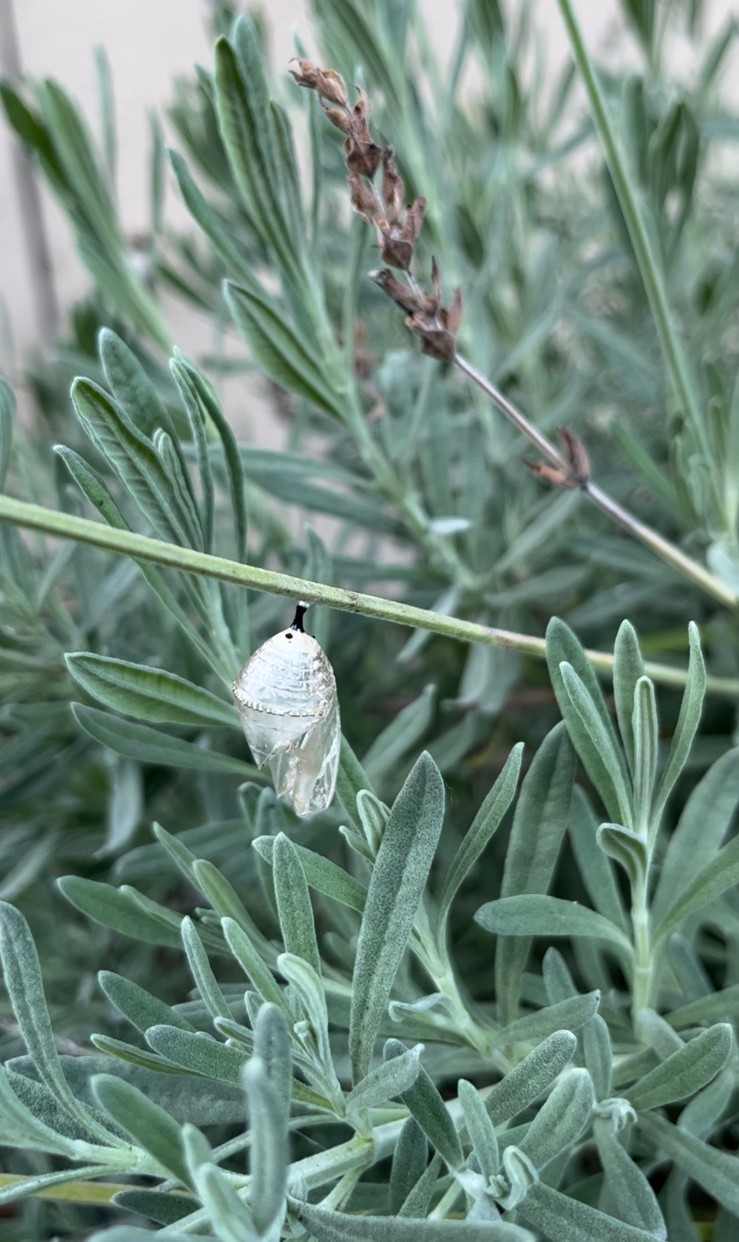
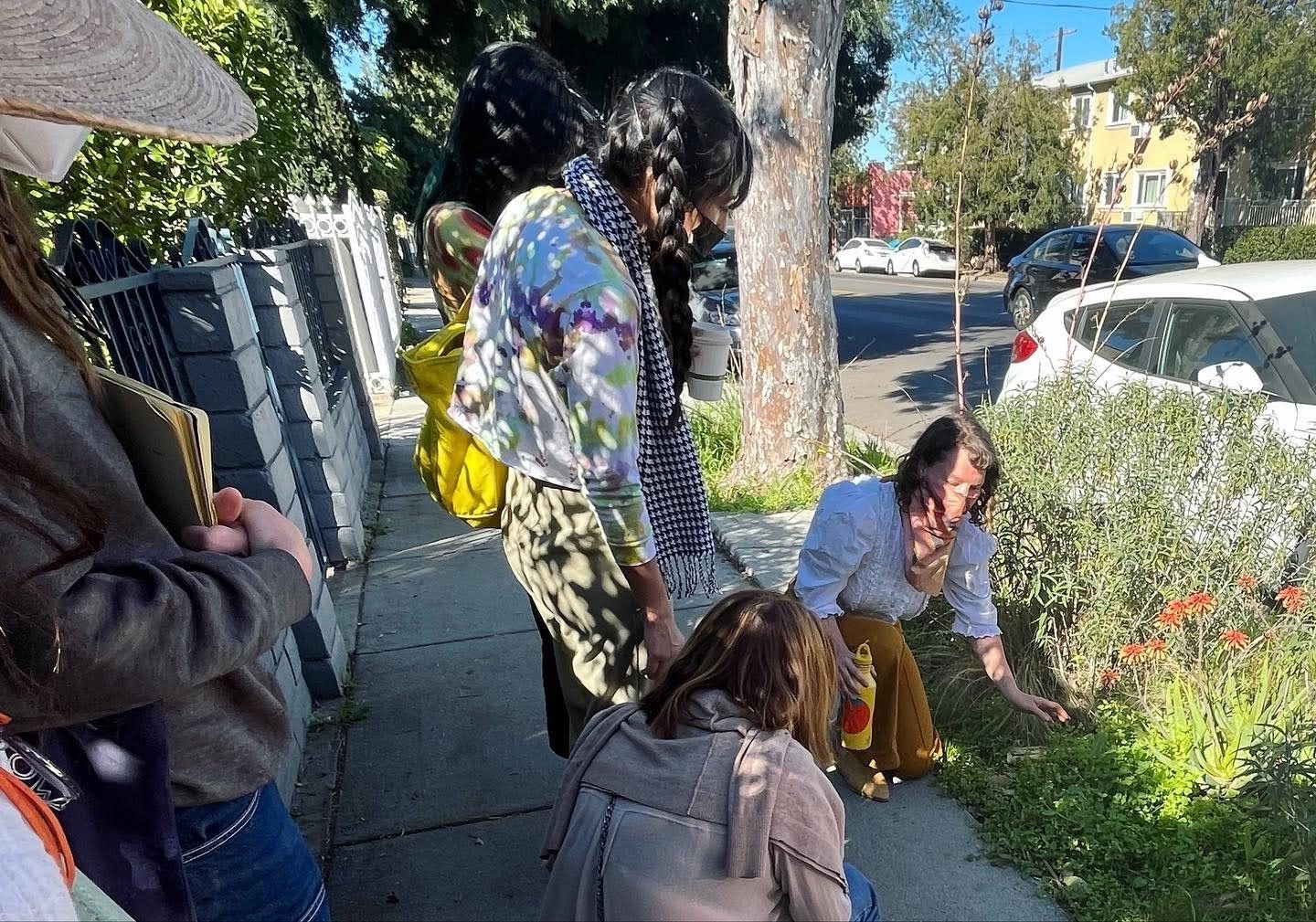
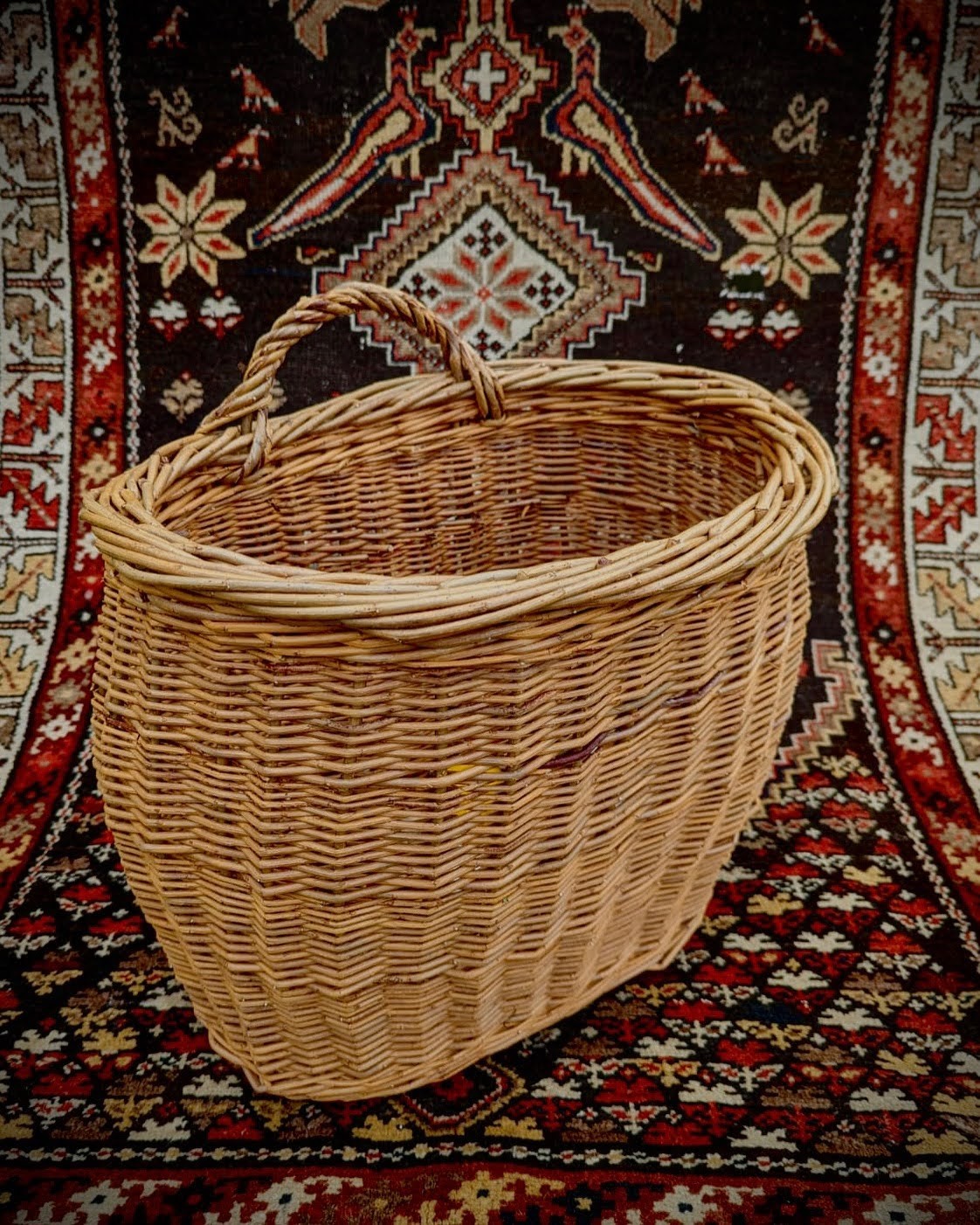
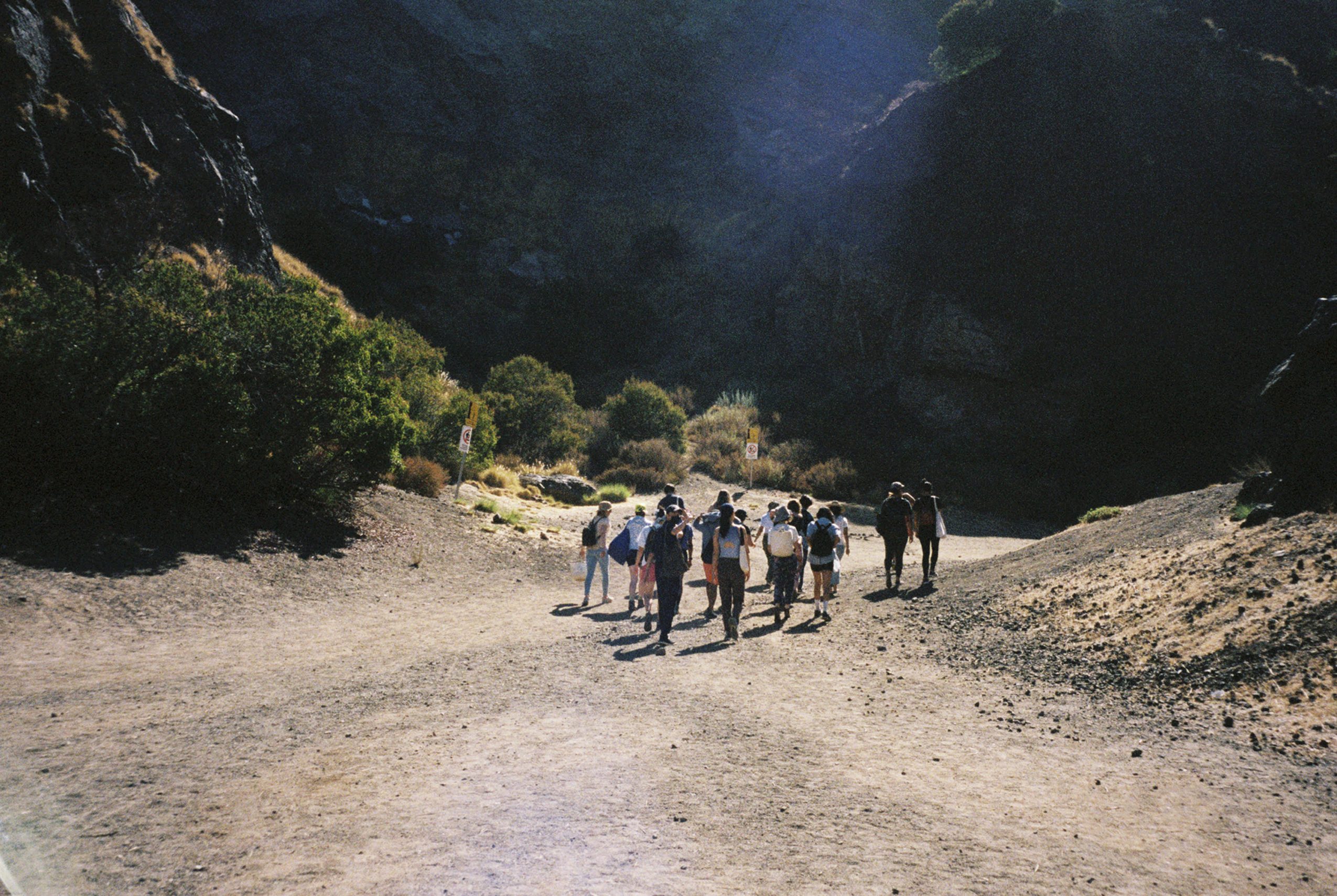 Image Credits
Image Credits
Jemma Castiglione, Graham Keegan, Kristina Mueller, Lorena Dilanian Rose Fairley














